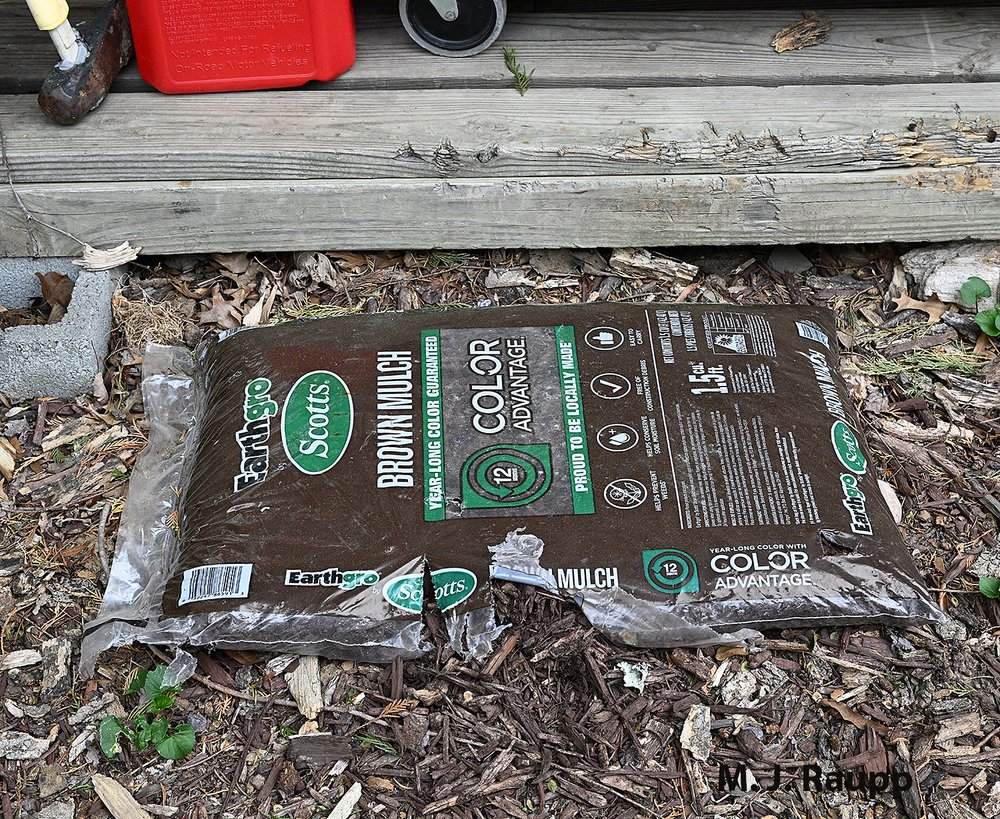Wheel Bug Takes a Spin
From the Bug of the Week mailbag: What happens when a wheel bug goes for a spin? Wheel bug, Arilus cristatus

Only Mother Nature and the wheel bug know the function of the wheel. M. J. Raupp
In previous episodes we met one of the toughest customers in Mother Nature’s gang of beneficial insects, the wheel bug. Wheel bugs play an important role reducing populations of noxious invasive pests like brown marmorated stink bugs and they also dine on important forest pests including fall webworms and other native caterpillars. This week we received the following message about a wheel bug that thought it might be fun to take a spin in a rotating core in a paper mill. Here’s the message. “I just thought you would be interested to know that this bug crawled inside of a core with a diameter of 4.41inches and this core went in our winder. He was rotated at 8000fpm for about 150 seconds start to finish and survived. Looks like he was a little dizzy but he ended up crawling out and then flying towards our control panel. So we determined he deserved to live so we caught him in a bag and took him outside. Crazy the endurance and survivability on this thing!!!”

This slightly dizzy wheel bug took a spin at 8000 fpm in a machine in a paper mill. Joshua Colgin
I am not exactly sure how far this predator spun around, but at 8000 feet per minute for 2.5 minutes seem like it might have traveled some 20,000 feet in circles. I don’t know about you, but I’d be dizzy, if I survived.
Wheel bugs are fierce generalist predators. Watch as this female stalks a dagger moth caterpillar. She slowly circles to the head of the caterpillar to deliver a lethal jab with her strong beak. After sizing up the prey with her left foreleg and extending her beak, she makes a lightning-fast strike to capture her prey. Forest pests like fall webworm caterpillars are also on the menu. This female snares a webworm while on a romantic interlude with her mate. Wheel bugs regularly dine on other pests including brown marmorated stink bugs. With other members of Mother Nature’s hit squad, they contribute to the decline of stink bugs in many parts of the country.
To round out this episode, here is a little more about wheel bugs and how they roll when not in a paper mill. The wheel bug is a species of assassin bug and, as the name implies, it kills other insects. The common name, wheel bug, stems from the fact that this terror has a structure on its back that looks like a spoke-bearing medieval torture device. The function of this wheel is known only to Mother Nature and the bug, but not to me. The business end of the wheel bug is the powerful beak or proboscis stored between the beast’s front legs when it is not in use. Upon spying a tasty morsel, the wheel bug cautiously approaches, embraces the mark with long front legs, and impales the victim with the powerful beak. The wheel bug pumps strong digestive enzymes through the beak into the prey. These enzymes liquefy the body tissues of the hapless victim. A muscular pump in the head of the bug slurps the liquefied meal up through the beak. Young wheel bugs use protein from their prey for growth and development and adult females convert prey into eggs. In autumn, the well-fed female wheel bug lays barrel-shaped eggs in clusters of several to more than one hundred usually on the bark of a tree. Eggs hatch the following spring in May and June. Small wheel bugs, called nymphs, are magnificent creatures with bright red abdomens and orange antennae. They dine on a wide variety of insects including caterpillars, sawfly larvae, beetles, and other bugs. In most years, I feel lucky if I witness a half dozen of these monsters at work in the wild. With plant nurseries and landscapes laden with invasive pests like stink bugs and spotted lanternflies, it is not unusual to see scores of wheel bugs stealthily stalking and assassinating their stinky marmorated cousins and other invaders. How much benefit results from greater numbers of these assassins remains to be seen, but we hope that these bugs and other naturally occurring predators and parasites will help stem the onslaught of brown marmorated stink bugs, spotted lanternflies, and other invasive species. If you encounter wheel bugs, please heed this caution. While holding and admiring a wheel bug, I learned firsthand, so to speak, that the wheel bug could deliver a memorable, painful poke with its beak. If you keep wheel bugs as pets beware, try not to handle them directly or you too may become an unwitting victim of this clever assassin.

Several weeks ago, brilliant red, black, and orange wheel bug nymphs hatched from eggs that survived last winter. M. J. Raupp
Acknowledgement
We thank Joshua Colgin for providing images and the fascinating story that inspired this episode.
This post appeared first on Bug of the Week

























